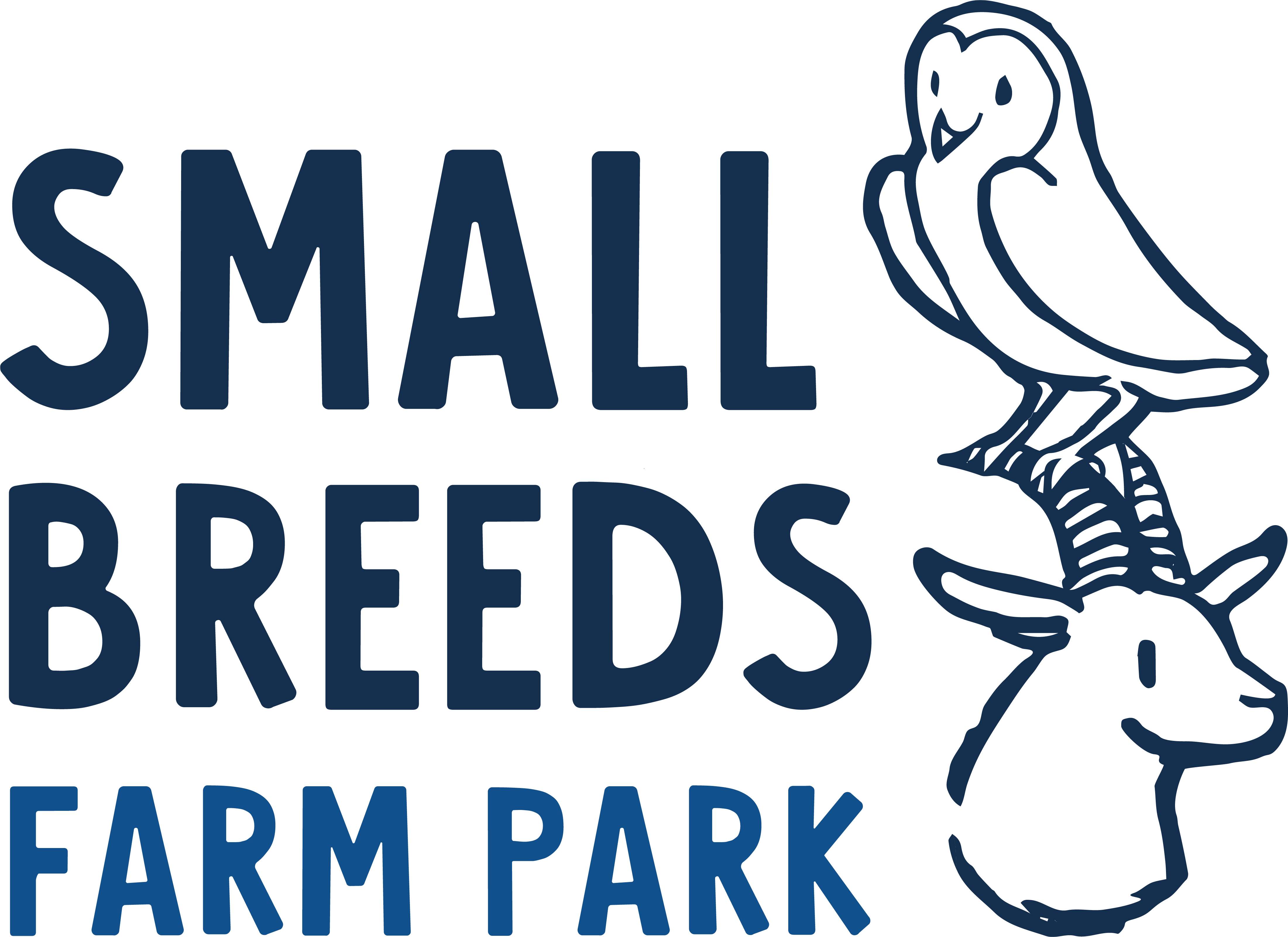Small Breeds Farm Herefordshire
SMALL Animals
Small Animals
Huge Entertainment
Discover the many small animals at the Small Breeds Farm Park Be entertained by the antics of the delightful little creatures in our small animal house. Be enchanted by the sounds and colours of our collection.
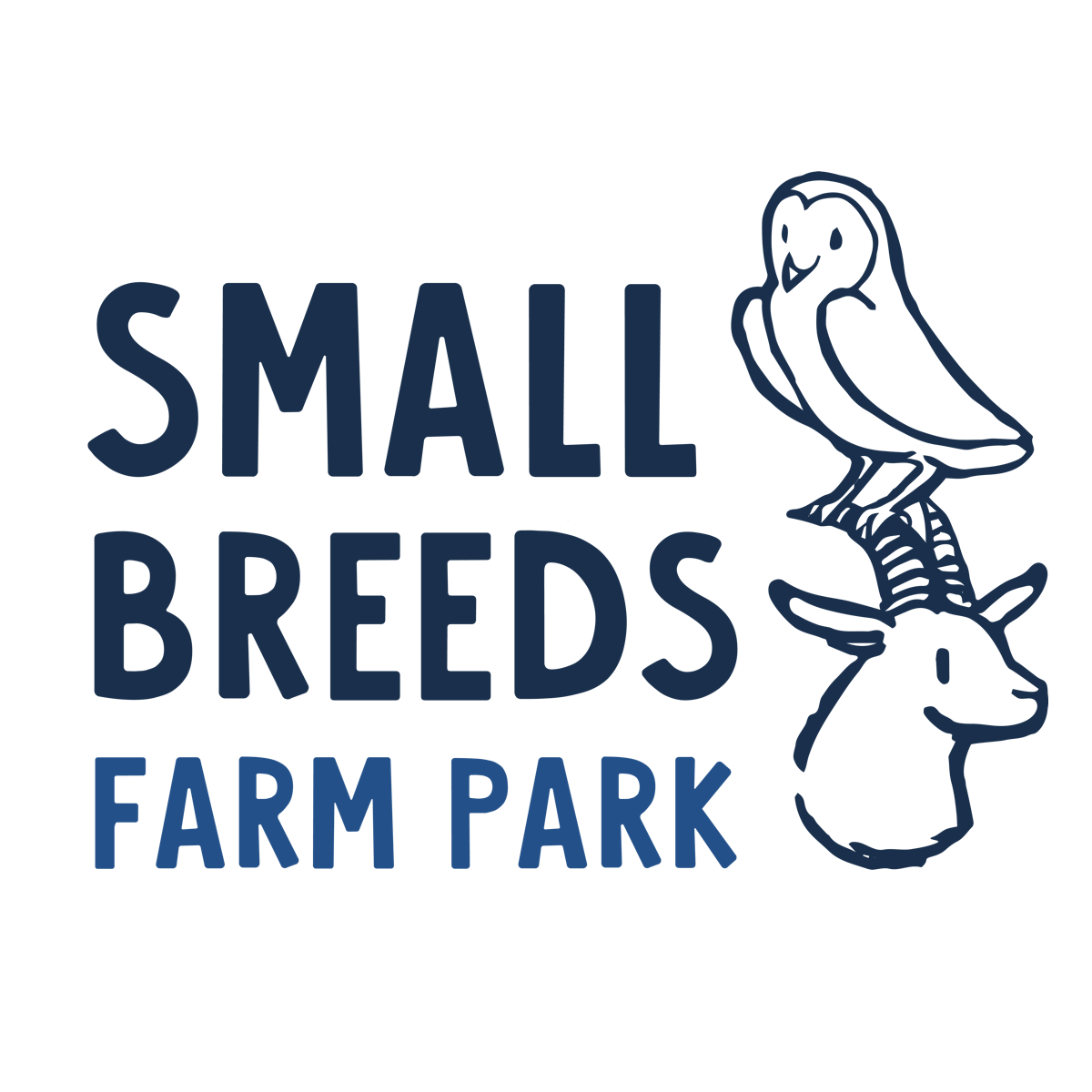
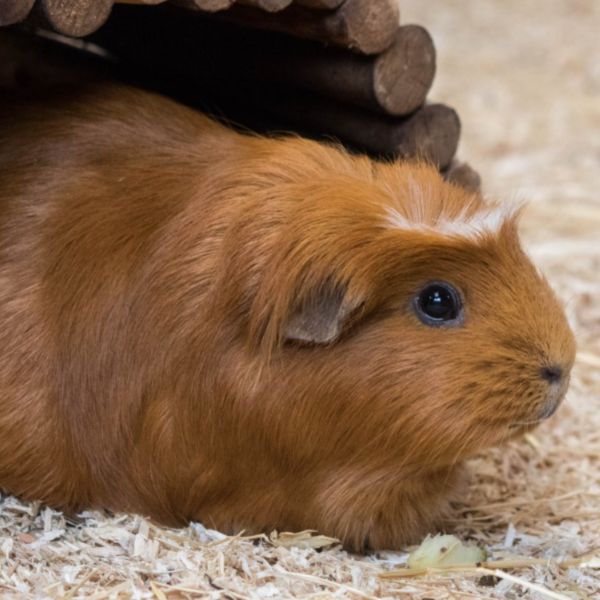
Guinea Pigs
Cavia Porcellus
The guinea pig, or cavy, is a domestic animal that are still found wild today. Guinea pigs are not especially agile nor are they good climbers but they can swim. They naturally live in large groups called ‘herds’ and when threatened they ‘stampede’, which involves running in different directions in order to confuse the predator.
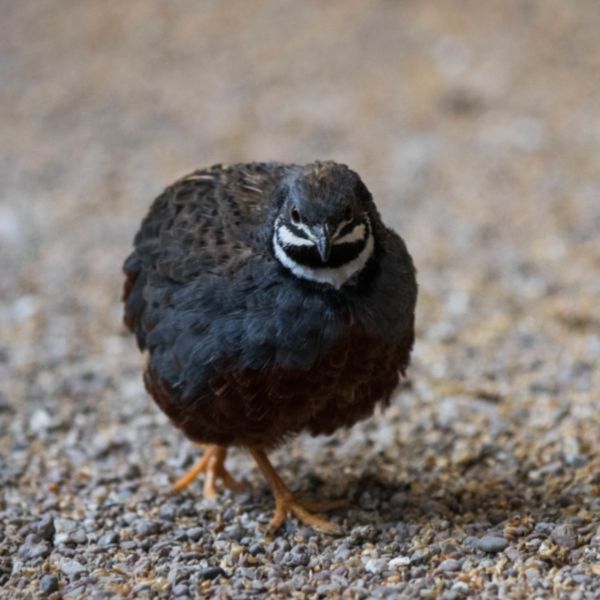
Quails
Excalfactoria Chinensis
The Chinese Painted Quail is about 4-5 inches in height. They are ground dwellers and love to sit on top of their houses to watch the world go by. When they are frightened they fly straight up and can cause themselves quite serious injuries if their cage has a low roof.

Rabbits
Oryctolagus Cuniculus Domesticus
The domestic rabbit is the descendent of the wild European rabbit commonly seen in fields and woodlands throughout Europe. Rabbits have a natural instinct to dig in order to create warrens in which they sleep and raise their young. They also must have company and are a highly social animal.
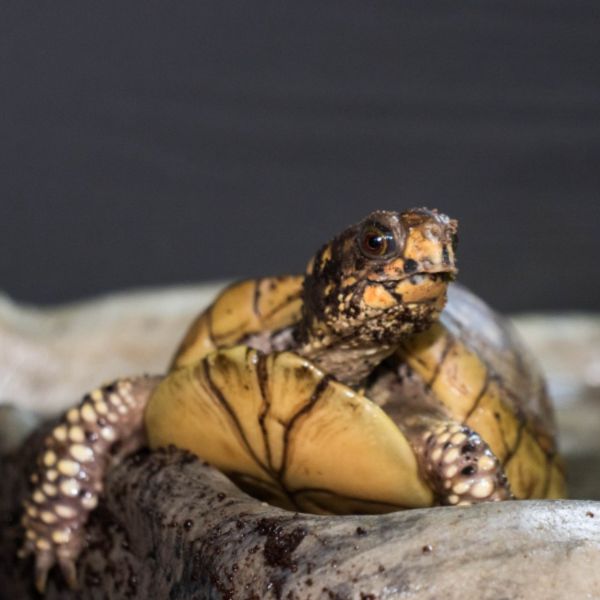
Three Toed Box Tortoise
Terrapene Carolina Triunguis
The three toed box turtle is native to the south-central United States. They also have a shell that is hinged underneath meaning they can retract their head and legs and then close the shell entirely to protect them from predators.
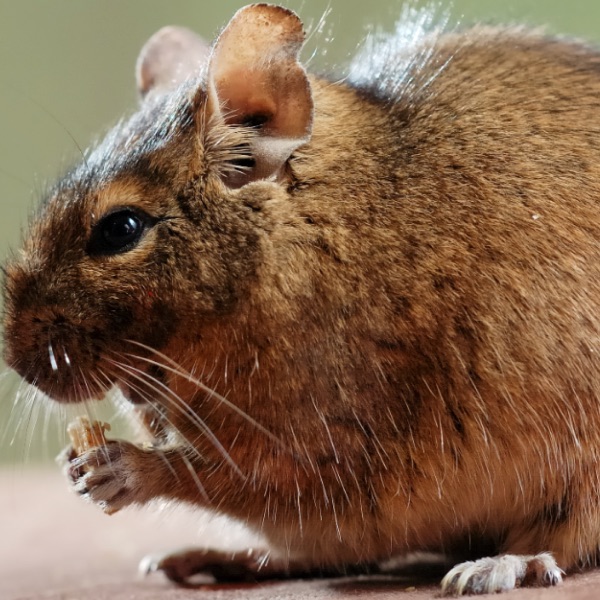
Degu's
Octodon Degus
The common degu is endemic to Chile. Degus are highly sociable animals and live in close knit family groups. Unlike many small mammals, the male degu helps in the raising of the young, which are born fully furred with their eyes open. Degus are also diurnal, meaning they are awake during the day and sleep at night.
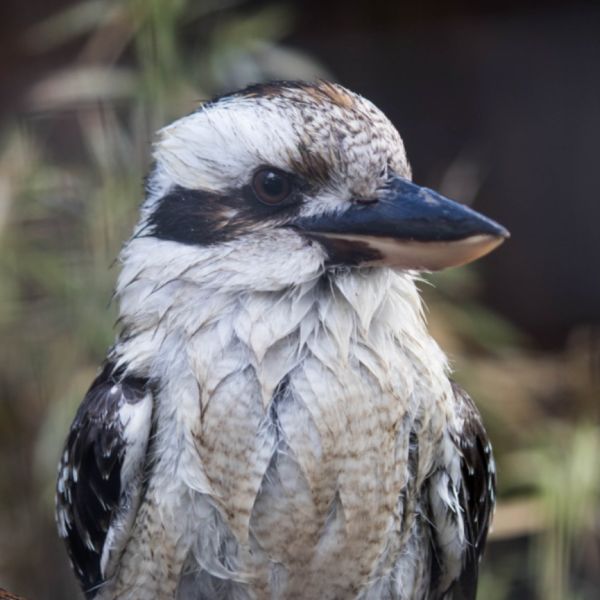
Kookaburra's
Dacelo Novaeguineae
Part of a subfamily of the kingfishers that are known as tree kingfishers. Native to Australia, and famous for their distinctive laughing call.
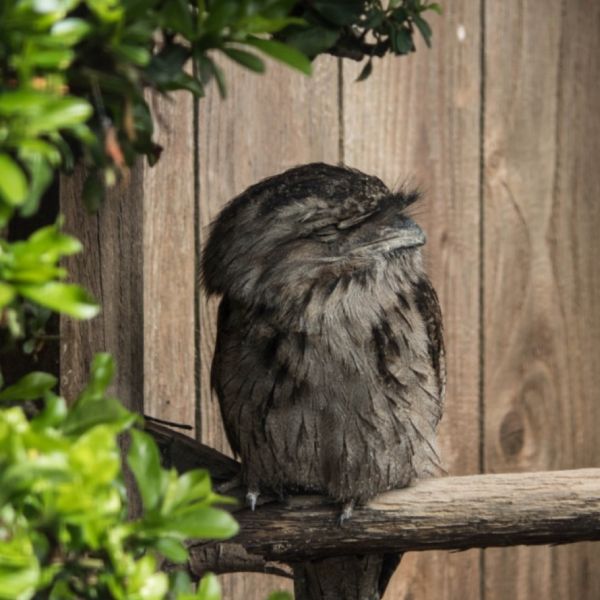
Tawny Frogmouths
Podargus Strigoides
From the family Podargidae. Although related to owls they are closest to nightjars and oilbirds. Native to Australia these birds are masters of camouflage, blending seamlessly with tree bark.
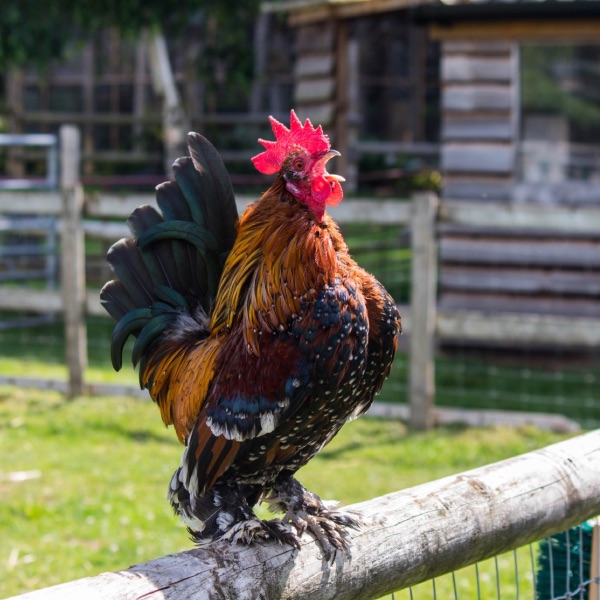
Chickens
Gallus Domesticus
Chickens are one of the most common and widespread domestic animals. There are more chickens in the world than any other bird. Chickens are omnivores. In the wild, they often scratch at the soil to search for seeds, insects, and even animals as large as lizards, small snakes, or sometimes young mice.
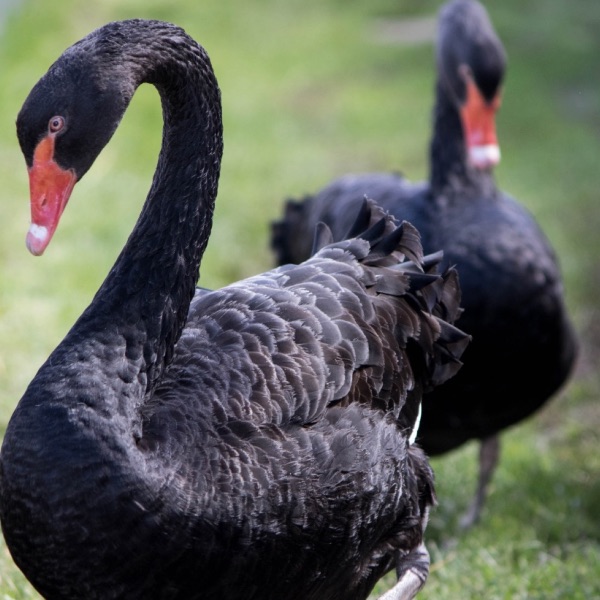
Black Swans
Cygnus Atratus
This is a large waterbird, a species of swan which breeds mainly in the southeast and southwest regions of Australia. Easily recognisable by their black plumage, white flights and bright red bill, the Black Swan has a proportionately longer neck than any other swan.
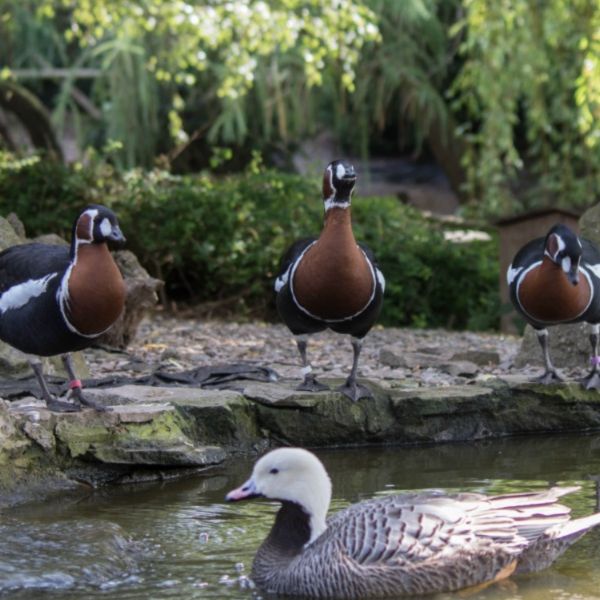
OUR Geese
Emperor Goose -Anser Canagicus
Chinese Goose – Anser Cygnoides
Geese are a large waterbird with a long neck, short legs, webbed feet, and a short broad bill. Generally geese are larger than ducks and have longer necks and shorter bills.
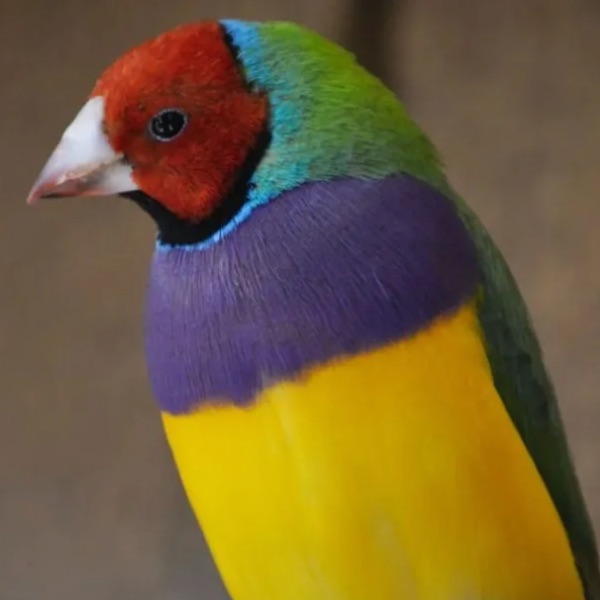
Finches
Fringillidae
There are approx. 234 species of finches worldwide. Finches are small birds with forked or notched tails, moderately pointed wings, rounded or elongated bodies and round heads, with more or less triangular bills.
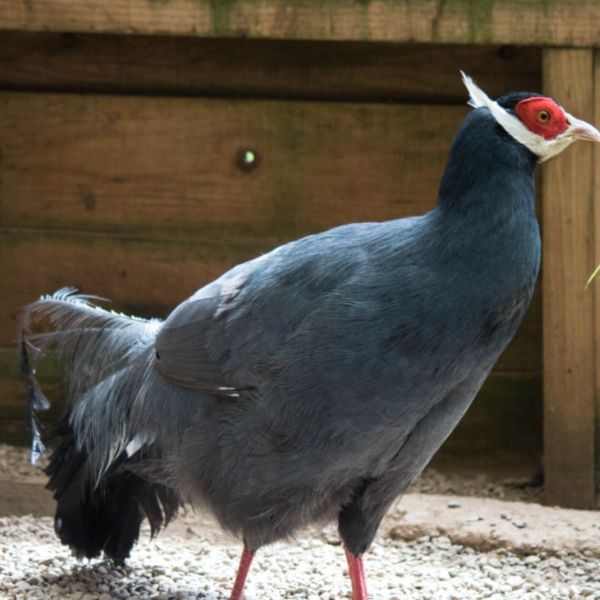
Pheasants
Phasianidae
Pheasants belong to the Phasianidae and belong to same family as Turkeys, quails and grouse. There is about 50 different species in the world. They are not native to UK and its thought that the Romans first brought them here.
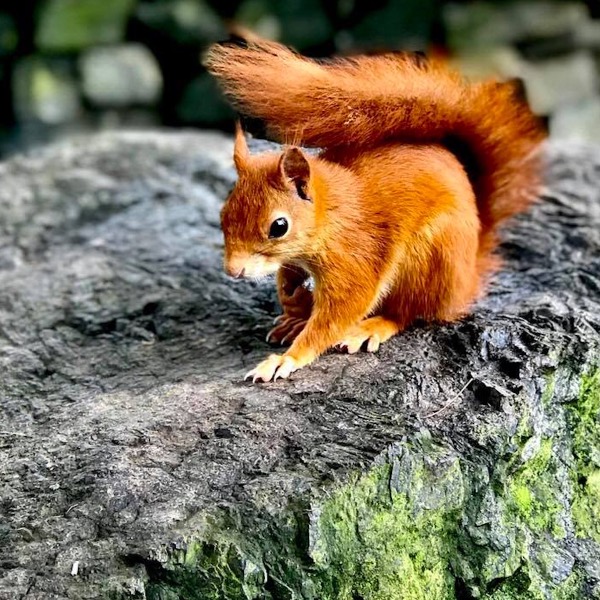
Red Squirrel
Sciurus Vulgaris
The Eurasian Red Squirrel is a species of squirrel that can be found throughout Europe and Asia; however, in Great Britain, Ireland, and Italy, their numbers have dramatically reduced due to the introduction of the grey squirrel.
